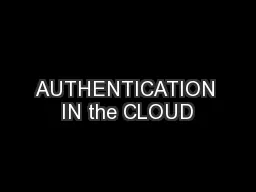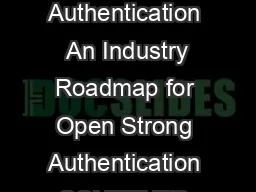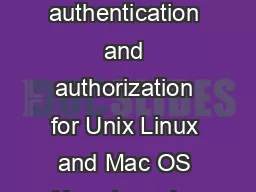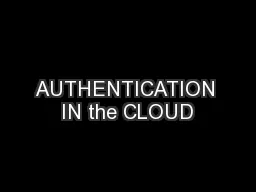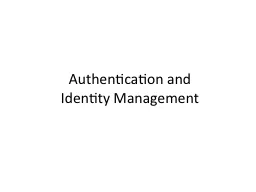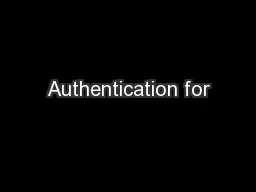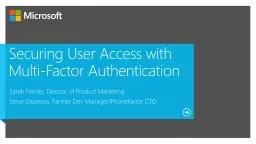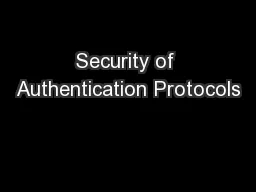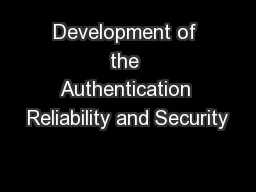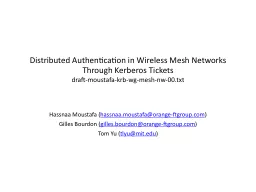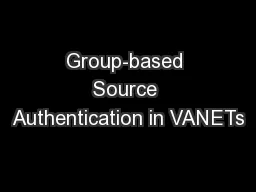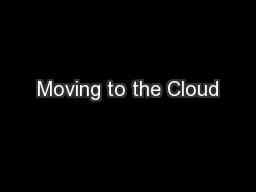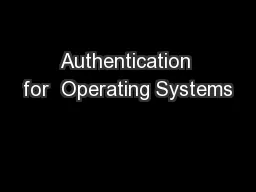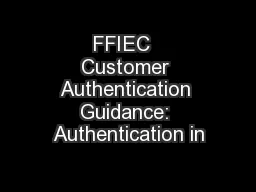PPT-AUTHENTICATION IN the CLOUD
Author : ellena-manuel | Published Date : 2018-09-21
Are we really safe in the cloud GForce Veronica Jason Doug and Socrates Outline 1 Problem definition 2 Businesses and cloud 3 Cloud models and Issues 3 The
Presentation Embed Code
Download Presentation
Download Presentation The PPT/PDF document "AUTHENTICATION IN the CLOUD" is the property of its rightful owner. Permission is granted to download and print the materials on this website for personal, non-commercial use only, and to display it on your personal computer provided you do not modify the materials and that you retain all copyright notices contained in the materials. By downloading content from our website, you accept the terms of this agreement.
AUTHENTICATION IN the CLOUD: Transcript
Download Rules Of Document
"AUTHENTICATION IN the CLOUD"The content belongs to its owner. You may download and print it for personal use, without modification, and keep all copyright notices. By downloading, you agree to these terms.
Related Documents

